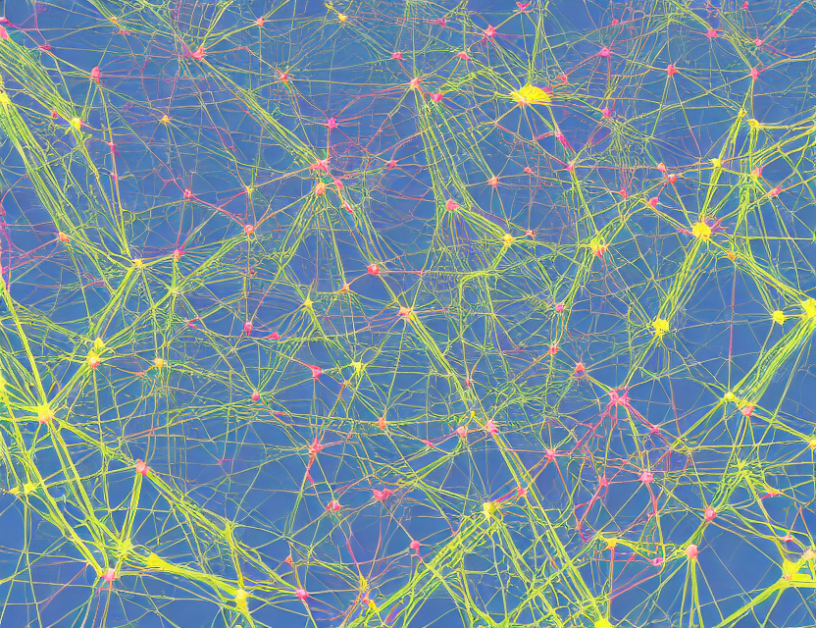Large language models have shown remarkable performance on various natural language processing tasks, but they face a significant challenge when it comes to reasoning and solving complex problems: length generalization. This issue arises when these models are asked to reason beyond their training data sizes, leading to suboptimal performances. In this article, we propose three sufficient conditions that can help overcome this challenge and improve the model’s ability to reason.
Condition 1: Finite Input Space
The first condition is that the input space of each reasoning step must be finite. This means that the number of possible inputs or contexts is limited, making it easier for the model to generalize and reason about new situations. Thinking of it like a bookshelf with a fixed number of books – the model can only retrieve information from the books it has been trained on, but it can still organize and arrange them in different ways to solve new problems.
Condition 2: Recursive Solution
The second condition is that the problem must be solved recursively based on CoT (Chain-of-Thought). This means that the model should break down complex problems into smaller, more manageable parts, similar to how we break down a large task into smaller steps when solving it manually. By doing so, the model can focus on each step individually and avoid getting overwhelmed by the overall complexity of the problem.
Condition 3: Finite Maximal Element Distance
The third condition is that the maximal input element distance of the unstructured representation for a causal/reasoning step must be finite. This means that the model should only consider a limited number of contexts or inputs when reasoning about a new situation, rather than considering all possible contexts simultaneously. Think of it like a radar system with a limited range – the model can only detect and analyze a certain number of signals at a time, but it can still identify patterns and connections between them.
Conclusion
In summary, by proposing these three sufficient conditions, we aim to help large language models overcome the length generalization challenge and improve their ability to reason about complex problems. By limiting the input space, breaking down problems into smaller parts, and focusing on a limited number of contexts, these conditions can help models develop more accurate and efficient reasoning capabilities. With these conditions in mind, we hope to demystify the complex concepts surrounding length generalization and provide a better understanding of how large language models can be improved for more advanced reasoning tasks.



